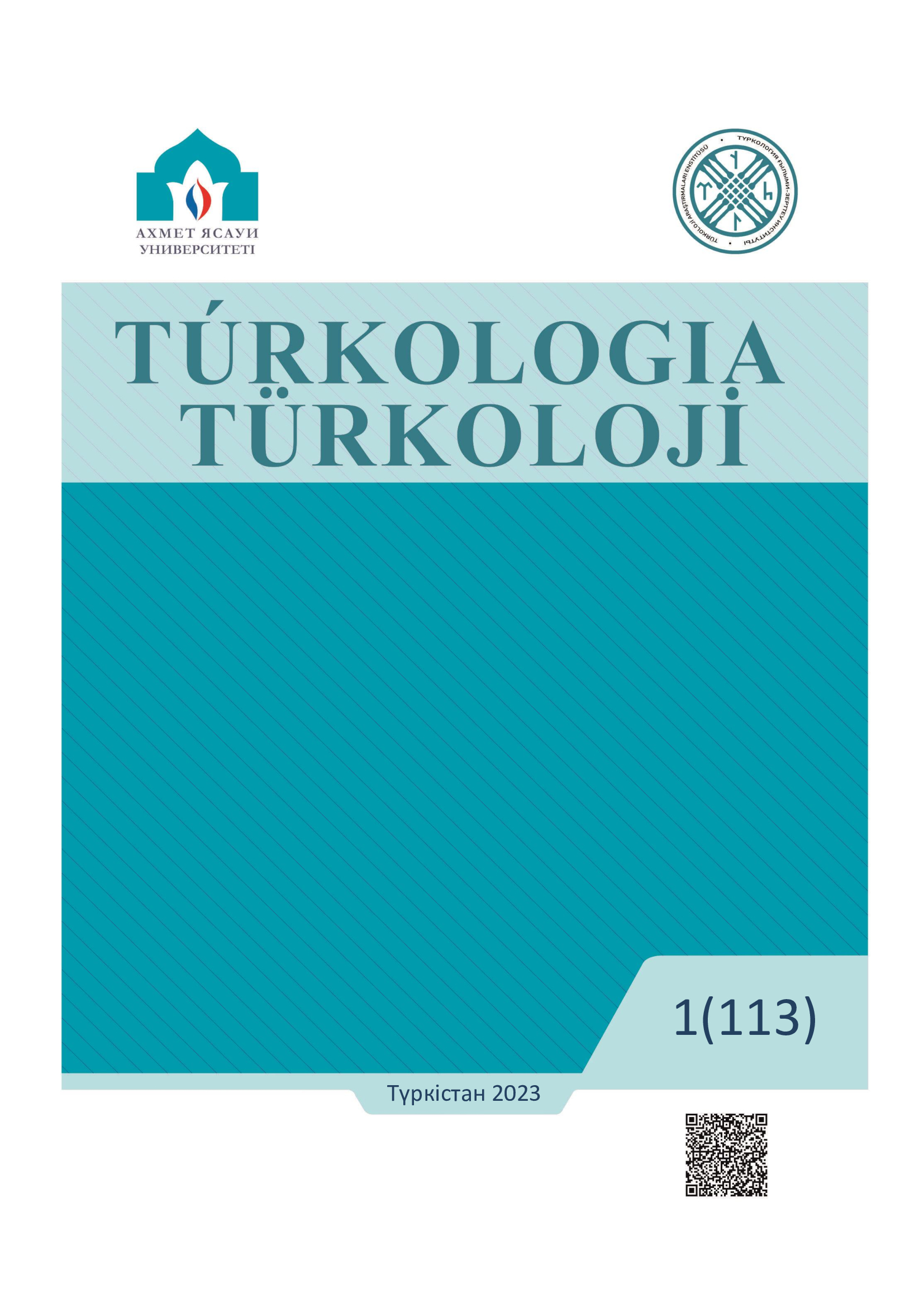THE USE OF COMPOUND VERB IDIOMS WITH VERBAL ADVERB SUFFIXES IN THE NOVEL “ÇALIKUŞU”
Keywords:
Turkish, Grammar, Idiom, Adverb, Reşat Nuri Güntekin, ÇalıkuşuAbstract
Idioms have an essential place in Turkish vocabulary. Used often in written and spoken language and coming into existence in different forms, idioms are a vital vocabulary component of the Turkish language with the charm and efficiency they provide to the narration. Idioms are expressions that are frequently used in literary language as well as in spoken language. This article focuses on the use of idioms consisting of compound verbs used together with verbal adverb suffixes in Reşat Nuri Güntekin’s novel “Çalıkuşu (The Wren).” Almost 1050 compound verbs were detected in Çalıkuşu. This situation in Çalıkuşu, having an extremely high density of idiom use, is also one of the indicators of the author’s mastery of the Turkish language. Idioms, which are examples of the richness of the Turkish language's expressive possibilities, can also be considered as one of the reasons for the success of the Çalıkuşu in terms of narration. A language is a collection of systems. The narration occurs due to the connection of all components existing within a language. Literary language is also formed due to the highest, most aesthetic, and most versatile use of the expressive possibilities of a language. In this regard, Reşat Nuri Güntekin's novel Çalıkuşu is the value of the recent era of Turkish literature that should be emphasized much more with its language and narrative fiction. The components, named as compound verbs in terms of grammar, come in various forms in Turkish syntax. In this study, the combinations of compound verbs with verbal adverb suffixes are classified and exemplified functionally.
References
Adalı, O. (2004). Türkiye Türkçesinde Biçimbirimler. İstanbul: Papatya.
Bayraktar, N. (2017). Dil Bilimi, Ankara: Nobel.
Boz, E. (2012). Türkiye Türkçesi Biçimsel ve Anlamsal İşlevli Biçimbilgisi (Tasnif Denemesi). Ankara: Gazi.
Bozkurt, F. (2010). Türkiye Türkçesi Türkçe Öğretiminde Yeni Bir Yöntem. İstanbul: Kapı.
Börekçi, M. (2018). İşlevsel Dilbilim Bağlamında Türkiye Türkçesinde Fiilimsi (Eylemsi). XIII. Uluslararası Büyük Türk Dili Kurultayı Bildirileri Kitabı. ss. 116-124. Varşova-Polonya.
Gülsevin, G. (2001). Türkiye Türkçesinde Birleşik Zarf-fiiller. Afyon Kocatepe Üniversitesi Sosyal Bilimler Dergisi, Cilt 2. Sayı 2. 125-144.
Güntekin, R. N. Çalıkuşu. İstanbul: İnkılâp.
Hengirmen, M. (1999). Dilbilgisi ve Dilbilim Terimleri Sözlüğü. Ankara: Engin.
https://acikerisim.aku.edu.tr/xmlui/handle/11630/2455
Korkmaz, Z. (2007). Türkiye Türkçesi Grameri Şekil Bilgisi. Ankara: TDK
Tiken, K. (2004). Eski Türkiye Türkçesinde Edatlar, Bağlaçlar, Ünlemler ve Zarf-fiiller. Ankara: TDK
Vural, H. ve Böler, T. (2012). Ses ve Şekil Bilgisi. İstanbul: Kesit.

